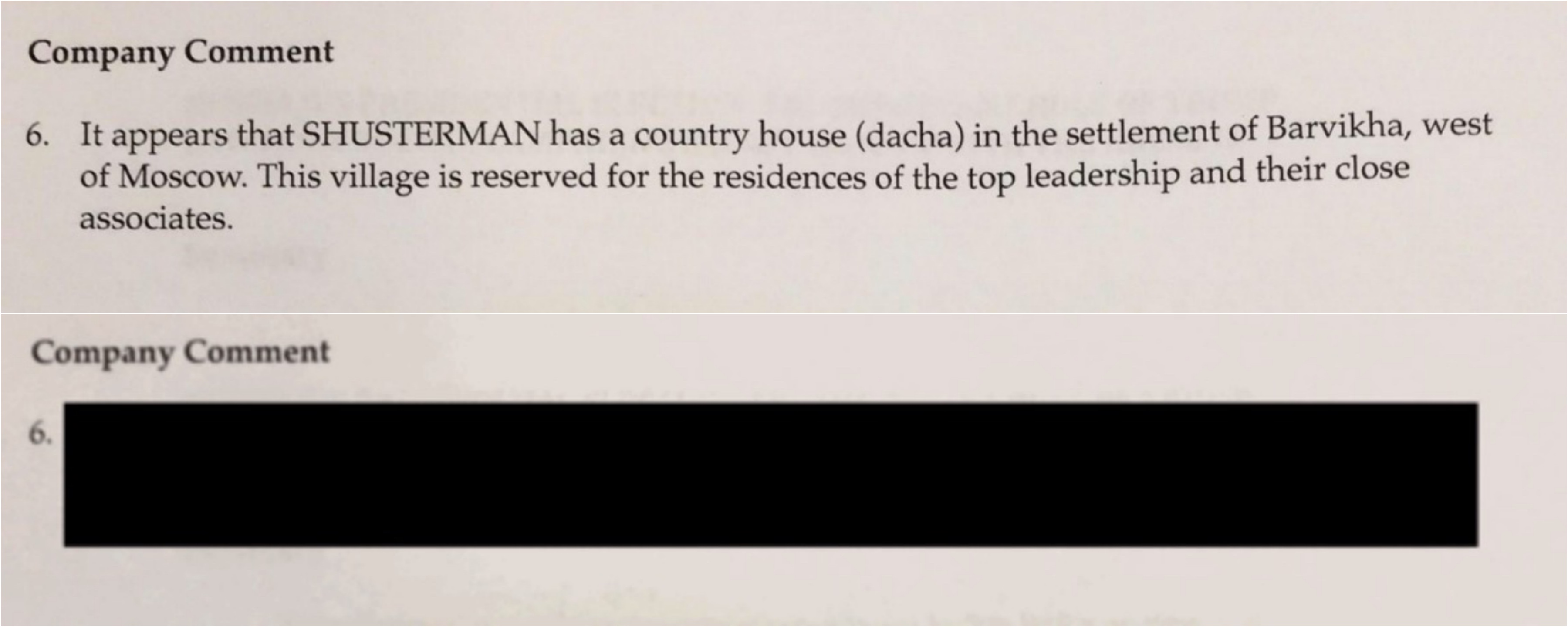


“It’s stressful and difficult, particularly for family members,” Steele says. Unsurprisingly, Trump rounded on Steele, tweeting of the dossier: “Fake news – a total political witch hunt!” Steele is still of interest to John Durham, a special investigator for the US Department of Justice who was appointed by William Barr, Trump’s politicised attorney general, to investigate the origins of the FBI probe into Russian interference. The political scandal unleashed by the dossier would later intertwine with calls for Trump’s impeachment and Robert Mueller’s report into Russian interference in the 2016 election. “Now I am a public figure and defined as such legally in the US, which has its advantages and disadvantages.”

Political scandalįive years on, Steele tells me his life has changed “entirely”. Two months later he re-emerged to give a short, terse statement on camera outside what was then the Orbis office in London. The next day the Wall Street Journal named Steele, and he and his family went into hiding. But on January 10, 2017, Buzzfeed published the dossier in full, attributing it to a British former intelligence agent.

No image of him existed in the public domain. What would later be called the “ Steele Dossier” was swiftly shared around Washington DC, even landing on Barack Obama’s desk in December 2016.
OUTSIZE DEATH STEELE DOSSIER SERIES
The series of reports it produced alleged both a Russian conspiracy to help Trump win the November election and Russian possession of kompromat, or compromising personal information, on the Republican candidate. Orbis had been contracted in June by a private investigative firm working for Hillary Clinton’s 2016 presidential campaign to research links between Donald Trump and the Russian government. “We were never the story, I was never the story.” “It was always in the shadows,” Steele tells me of his former existence. He then set up his own firm, Orbis Business Intelligence, in the barely less secretive world of non-state spying. A posting in Paris was followed by a senior job on the SIS Russia desk from 2006 to 2009. Steele joined the UK’s Secret Intelligence Service (SIS, popularly known as MI6) after graduating from Cambridge University in 1986, and was soon posted under diplomatic cover to Moscow, where he saw the decrepit Soviet order give way to the chaotic Boris Yeltsin presidency. The dossier on Trump’s Russia links is 70 per cent to 90 per cent accurate, Steele says. If our encounter sounds cloak-and-dagger, it is not – or at least, it is much less cloak-and-dagger than it would have been a few years ago. I have been asked to find somewhere discreet, so am sat at a table towards the back of the room. The only feature that might make the former spy, Christopher Steele, stand out from the crowds of besuited commuters on the concourse at nearby Victoria Station is his lapel badge, bearing the flags of the UK and Ukraine. A man with silver hair and of average height appears at the door and makes his way over. The meeting is at a London restaurant, smart but neither grand nor flashy, and quiet but for a few tourists and a couple of parents with prams in the corner.


 0 kommentar(er)
0 kommentar(er)
